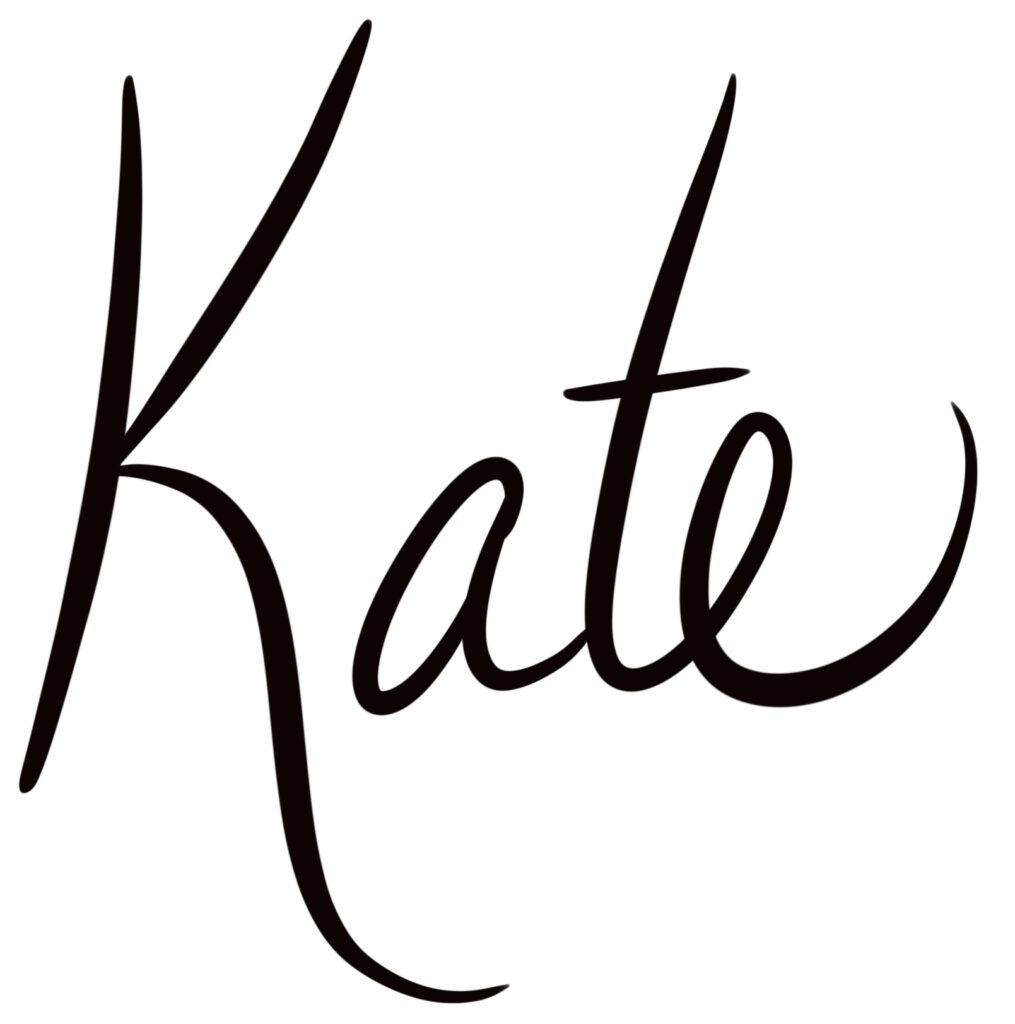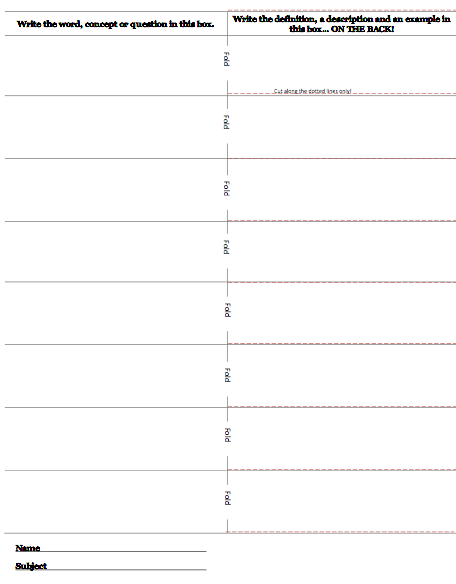Photo by Neven Krcmarek on Unsplash
Notes are a necessary part of science instruction in middle school. Maybe you have
students fill in note-taking sheets that you have typed up, or maybe they add their
thoughts to print-outs of PowerPoint slides. Some teachers teach outlining so that
students can gather and sort content as they read, using textbook headings as
their guides.
students fill in note-taking sheets that you have typed up, or maybe they add their
thoughts to print-outs of PowerPoint slides. Some teachers teach outlining so that
students can gather and sort content as they read, using textbook headings as
their guides.
You know it’s important to prepare them for note-taking they might need to do in high
school. But, it’s time to ask yourself: are the note-taking strategies I’m
teaching useful for my students?
school. But, it’s time to ask yourself: are the note-taking strategies I’m
teaching useful for my students?
For some teachers, the answer could be yes. Some students will do well with
fill-in-the-blanks or outlines or print-outs of slides. But don’t confuse
students being able to accurately complete notes with their true
internalization of class material, and just because students can DO notes in
these more traditional formats doesn’t mean there isn’t a more effective
note-taking strategy for them.
fill-in-the-blanks or outlines or print-outs of slides. But don’t confuse
students being able to accurately complete notes with their true
internalization of class material, and just because students can DO notes in
these more traditional formats doesn’t mean there isn’t a more effective
note-taking strategy for them.
If you’ve started to question note-taking in your middle school classroom, either
because you’re wondering if they really “get it” or because you think there
might be a better way, then consider trying visual note-taking with your
students.
because you’re wondering if they really “get it” or because you think there
might be a better way, then consider trying visual note-taking with your
students.
What Is Visual Note-taking?
 Let’s start with what visual note-taking is NOT. It’s not students writing down bullet points while they read. It’s not students waiting for “answers” for
Let’s start with what visual note-taking is NOT. It’s not students writing down bullet points while they read. It’s not students waiting for “answers” for
filling-in-the-blanks with important terms while you lecture or go through a presentation. It’s not even students writing a sentence or two to reflect on
what they’ve learned.
Visual note-taking IS a note-taking strategy that involves no words, or a few words
arranged visually instead of in the narrative formats we’re used to.
arranged visually instead of in the narrative formats we’re used to.
Essentially, students draw pictures to build understanding. This could be illustrations, concept maps, graphics, or maybe even doodles and abstract representations of concepts.
Doodling as a thinking tool gained recognition in a 2014 article by the Wall Street
Journal. The study cited in the article explains that doodling can help people
maintain focus and retain information. The same
could be said of drawing pictures of concepts instead of taking notes in
written form.
Journal. The study cited in the article explains that doodling can help people
maintain focus and retain information. The same
could be said of drawing pictures of concepts instead of taking notes in
written form.
The idea behind visual note-taking is that students are representing important ideas
instead of simply writing them down. This requires making connections between
concepts, an important skill for middle school students to practice.
instead of simply writing them down. This requires making connections between
concepts, an important skill for middle school students to practice.
For example:
If students are learning about photosynthesis, drawing the process can take the
place of writing a chronological explanation of how photosynthesis works.
Through pictures of the sun, plants, soil, water, oxygen, and carbon dioxide,
students reinforce that these terms are the most important to the
photosynthesis process.
place of writing a chronological explanation of how photosynthesis works.
Through pictures of the sun, plants, soil, water, oxygen, and carbon dioxide,
students reinforce that these terms are the most important to the
photosynthesis process.
Here students created visual notes in teams for photosynthesis, before writing about recording their notes on paper.
There are other forms visual note-taking could take.
Here are some examples:
Narrated Art
After students have drawn a picture of a concept or process, they can record
narrative to go along with it. While there is audio narration, students still
don’t need to use words in the notes themselves. They can look at and listen to
their notes later, instead of just re-reading them. You’ve probably had students create short movies in your classroom, but what if they used movie-making to craft their notes? Can students use iPads to create paper-less visual notes?
narrative to go along with it. While there is audio narration, students still
don’t need to use words in the notes themselves. They can look at and listen to
their notes later, instead of just re-reading them. You’ve probably had students create short movies in your classroom, but what if they used movie-making to craft their notes? Can students use iPads to create paper-less visual notes?
Concept Maps
Concept maps might be closest to what we might consider traditional note-taking, in
that it involves some words. However, unlike outlines or other forms of written
notes, concept maps stress the relationships between concepts. Words and
pictures are arranged on the page based on how they relate to each other.
Note-takers use arrows, images, and colors to reinforce ideas and show
connections.
that it involves some words. However, unlike outlines or other forms of written
notes, concept maps stress the relationships between concepts. Words and
pictures are arranged on the page based on how they relate to each other.
Note-takers use arrows, images, and colors to reinforce ideas and show
connections.
Visual Interpretations of Abstract
Concepts
Concepts
Drawing a volcano or galaxy or cell is easy. But what about concepts like “gravity” or
“scientific method” or “climate”? The way students draw these terms can shed a
lot of light on their understandings and challenge them to think critically
about what might before have just been a written definition to a vocabulary
word.
“scientific method” or “climate”? The way students draw these terms can shed a
lot of light on their understandings and challenge them to think critically
about what might before have just been a written definition to a vocabulary
word.
To Sum Up Visual Note-taking
Anytime we can engage students in critical thinking, we’ve done something right as
teachers. Traditional note-taking doesn’t do this for students, because usually
it just involves copying definitions or summarizing events.
teachers. Traditional note-taking doesn’t do this for students, because usually
it just involves copying definitions or summarizing events.
If we can extend higher level thinking to note-taking, we help our students learn how
to effectively process important information.
to effectively process important information.
In middle school, students are at just the right age to learn a note-taking
technique that can benefit them for years. They’re creative, invested, and
eager to try new things.
technique that can benefit them for years. They’re creative, invested, and
eager to try new things.







